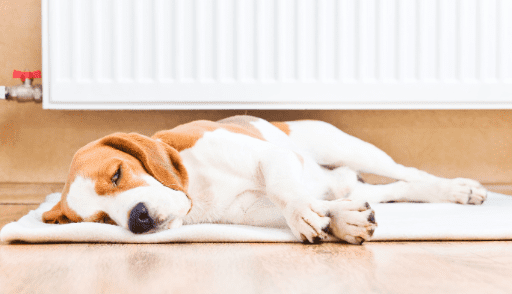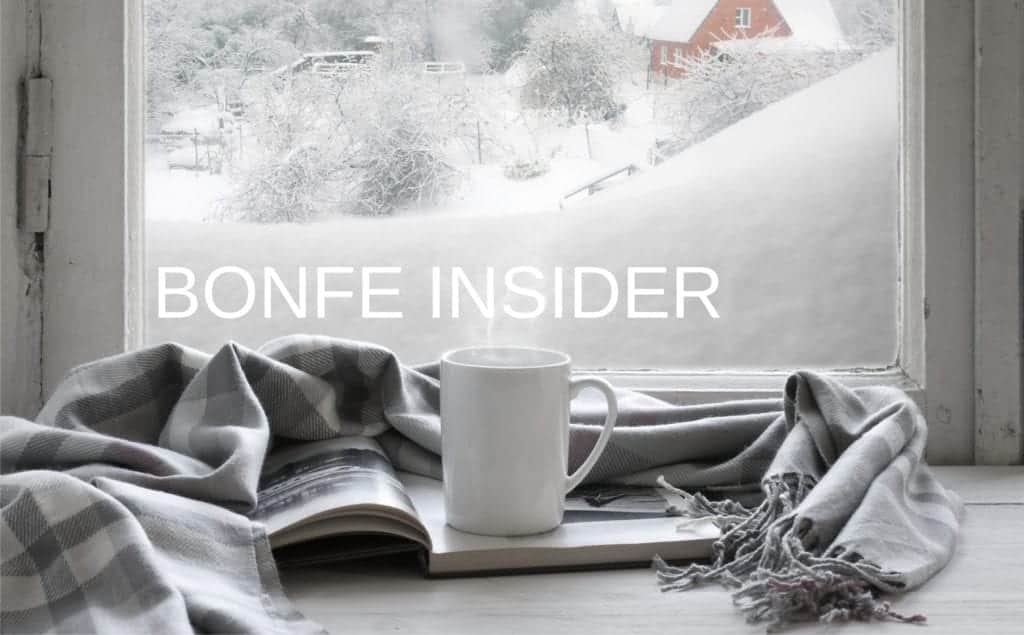October, 2019
Heating 101:
Because WINTER IS COMING.
What type of heating system do you have? What’s the best way to keep it from breaking down in the middle of a polar vortex?
FURNACE/FORCED AIR
A significant majority of homes in the United States built in the last few decades use forced air heating and cooling systems. This means you have a furnace somewhere in your home (typically the basement or lower level) with a blower fan that moves warm air through a system of ducts. The ducts disperse the warm air into each room in your home through vents. That’s why it’s so important to make sure your vents are open in rooms you want to spend time in, and are not blocked by large pieces of furniture such as beds and sofas. If you have a spare room you never use, you might want to consider closing the vents in that room to conserve energy.
Forced air systems are efficient and inexpensive, and they allow you to integrate other systems such as central air conditioning, humidifiers (or dehumidifiers), air filtration and air purification systems. In fact, a good filtration and purification system can significantly reduce the volume of dust and allergens.
Forced air systems require regular maintenance to ensure that they continue to work properly. Regularly changing your furnace filter is one of the easiest and most impactful things you can do to prolong the life of your furnace. A dirty filter reduces the airflow into your furnace, putting strain on motors and key components. For safety and highest efficiency, your forced air system should be inspected and tuned up annually by a professional.


BOILER/RADIATOR
If you have an older home, it’s probably heated with a boiler system and radiators. A boiler heats water instead of air, and the hot water (or the resulting steam) moves through pipes into radiators or in-floor heating. Radiators are typically made of cast-iron, though many homeowners choose to upgrade to modern radiators that blend more seamlessly into the walls or baseboards.
Boilers also benefit from regular maintenance and annual tune ups. Air should be bled from radiators each fall before turning on the boiler. Some homeowners perform this task themselves, while others feel more comfortable having a professional do it. An annual tune up is important for a boiler and should include checkpoints such as ensuring water pressure is correct, the safety release valve is working, and there are no cracks in the heat exchanger.
For both furnace and boiler systems, an ounce of prevention is worth a pound of cure. While all furnaces and boilers need to be replaced eventually, regular maintenance can extend the life of your system, keep it running more efficiently, and lessen the chance of breakdowns.
ALTERNATIVE HEATING
Heat pumps. While the vast majority of homes use forced air or boilers, there are alternatives. Newer-built homes sometimes use a heat pump, which uses air either drawn from outdoors or, in a geothermal system, pull heat from the ground.
In-floor heating. Other homes use radiant in-floor heat. This can be done either using hot water through a boiler and a system of pipes, or via wires that run electric heat under the floors. In-floor heating is increasingly common in higher-end construction, especially in bathrooms.
History of Heat
If you’re feeling nice and toasty in your warm house this winter, give a shout-out to a few folks, including James Watt, Thomas Edison and Alice Parker. Watt was a Scotsman who invented a steam-based heating system that used a boiler and a system of pipes to heat buildings in the late 1700s. A few generations later, Thomas Edison invented an electric heater. (As you may recall from history class, he’s also responsible for the light bulb. That guy was useful.) Before these inventions, people largely relied on stoves and fireplaces for heat which were certainly better than nothing, but also inefficient (because it’s tricky to spread the heat around evenly) and dangerous (because, fire).
We all owe a huge debt of gratitude to Alice Parker, a groundbreaking female African American inventor who invented and patented the first central heating system in 1919. If it weren’t for her, we probably wouldn’t be writing this.
Watt, Edison, and Parker were all about 2,000 years behind the ancient Romans, who invented a system which sent hot air through hollowed-out spaces under the floors and behind walls to warm buildings. Too bad they couldn’t call Bonfe when things went awry!


